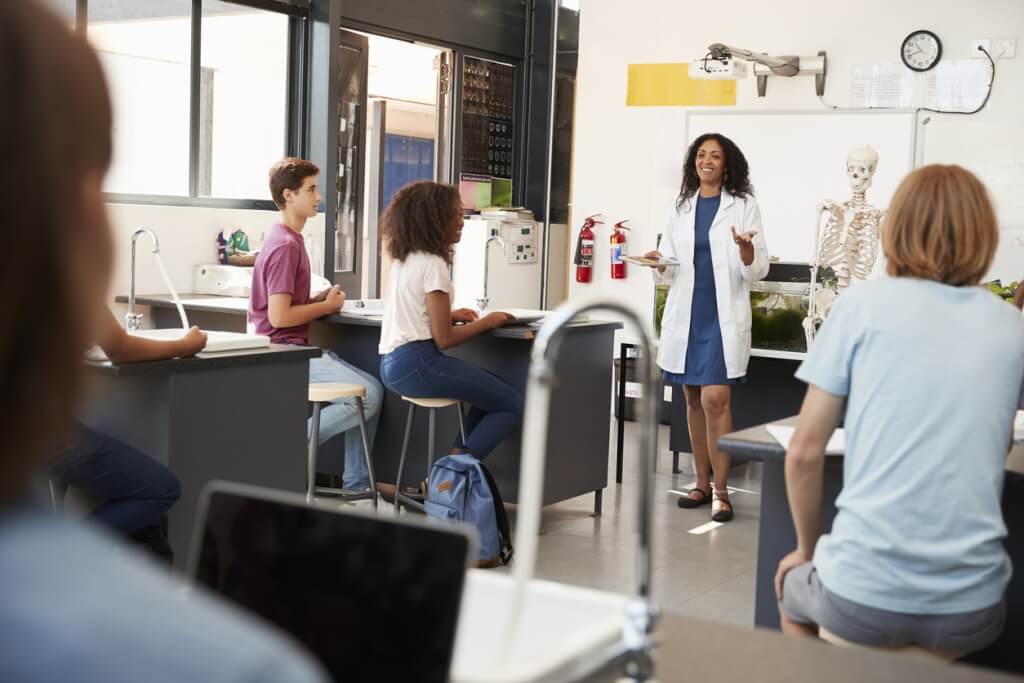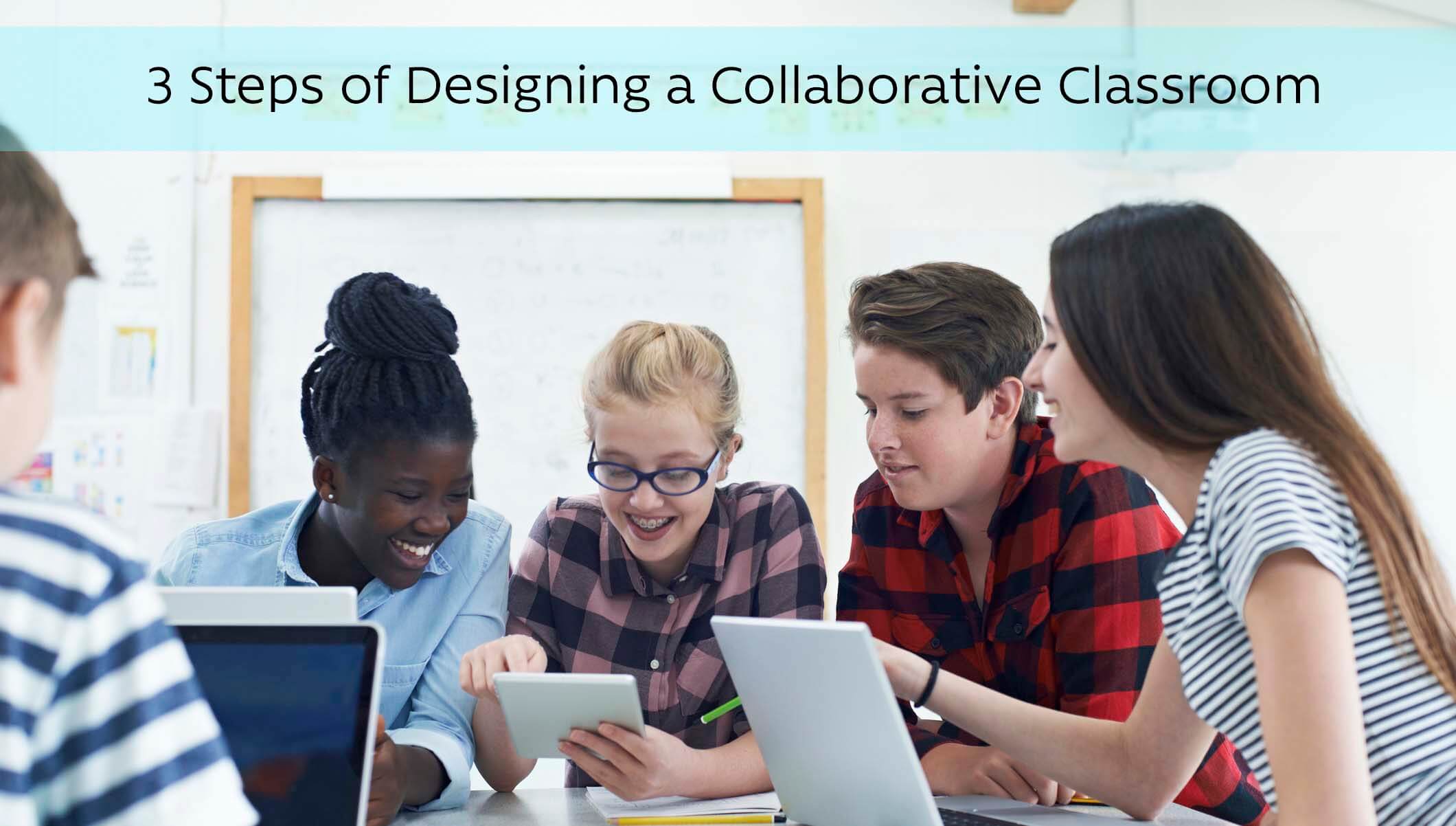One of the main goals of an educator is to prepare students for the future in the workforce and make sure they possess the most sought after skills in the job market. Today, these skills include communication, teamwork and self-management. All of these can be taught in a classroom if it uses collaborative design and implements innovative tools and technologies. In this blog post, we are going to discuss designing a collaborative classroom that will help your students develop some of the most sought-after job skills.
Collaborating
It is a good idea to start creating collaborative learning spaces with… collaboration. You can start with involving the faculty, administrators and officials. Open discussions will help you understand their immediate needs and give them a sense of ownership over the classroom spaces, which is crucial, considering they are going to be the ones using it.
You should also ask students for their input. While you may find some of their ideas impractical, their insight is still valuable and can give you an idea about an environment and tools that could help them learn. You might be surprised by their feedback!

Implementing Technology
Today’s children have been born into the world of technology and can’t imagine their life without it, and it’s not surprising. They don’t know what a floppy disk is, or the sound an old dial-up makes, or the fact that they could simply call instead of texting. In their world, messaging is always instant, and all the information is at their fingertips. “Just Google it.” It might seem hard to keep up with modern students, but it really pays off when we do.
Imagine all the possibilities technology can bring to your school. It completely changes the ways teachers teach and students learn. Tablets, digital cameras and laptops can make learning interactive, engaging and fun. A student is more likely to get distracted when he or she is bored, but if the information is presented in an interesting and engaging way, students will pay attention and remember it. Just think about VR (virtual reality) and how it can enhance your students’ learning experience, taking it to a completely different level. Teachers can also try blogging or start a YouTube channel for their classes to create new opportunities to engage students in a way they value and understand.

Creating Collaborative Spaces
Your students should have spaces for large and small group work, 1-to-1 projects and individual work. You can turn every space into a space for learning. As Jennifer Williams writes in Edutopia, “all available areas should be considered spaces for learning. Hallways can become meeting spaces for small groups, glass and windows can be transformed into writing spaces, and classroom walls can allow groups to visually map out thinking.” For example, you could use peerhatch to make your classroom walls writable (and good-looking), and use them for your instruction, as well as students’ individual and groupwork.
Additionally, you might consider flexible seating to allow your students the freedom to change their seating to work on their own or with each other, depending on the lesson’s goals.
It is our goal to help you make your learning spaces more collaborative. We will be happy to help you design a collaborative classroom using peerhatch, a non-ghosting writable wall-covering that can make teamwork in your school reach new heights. Contact us today to see how your classroom would look with peerhatch in it!

